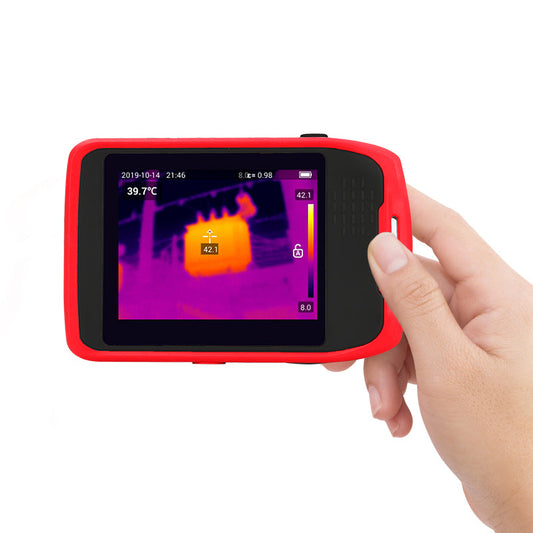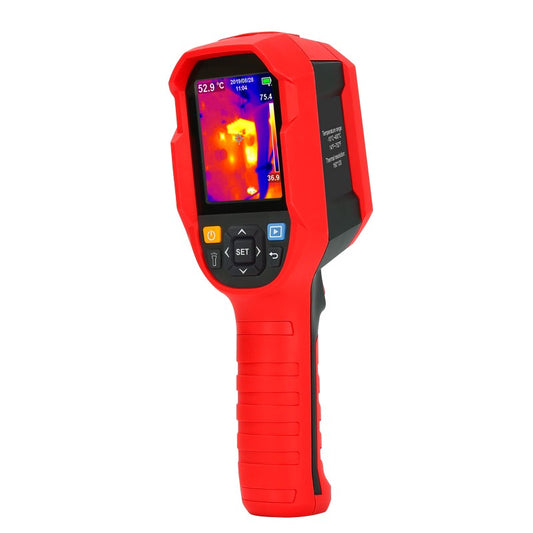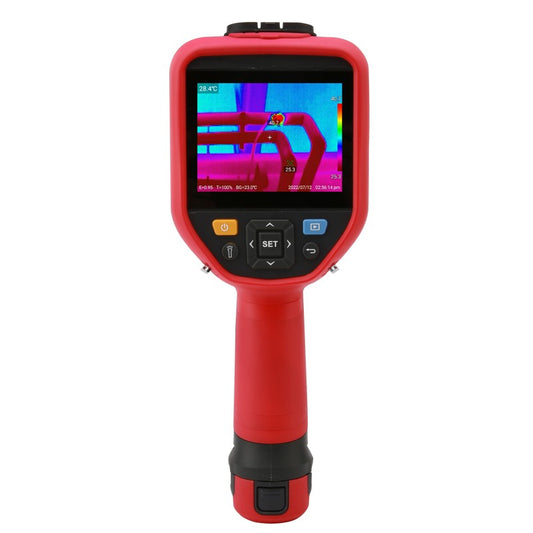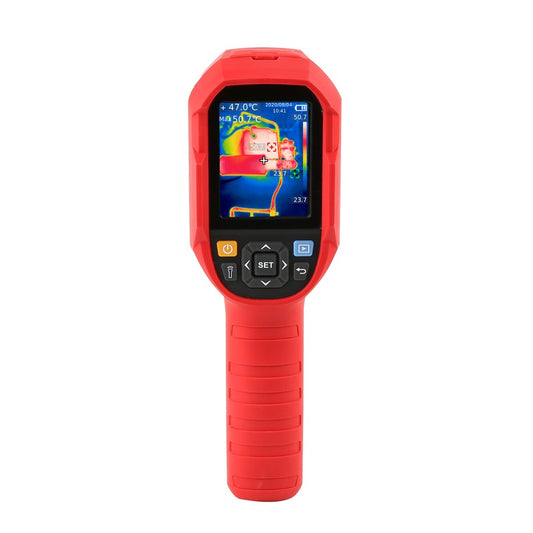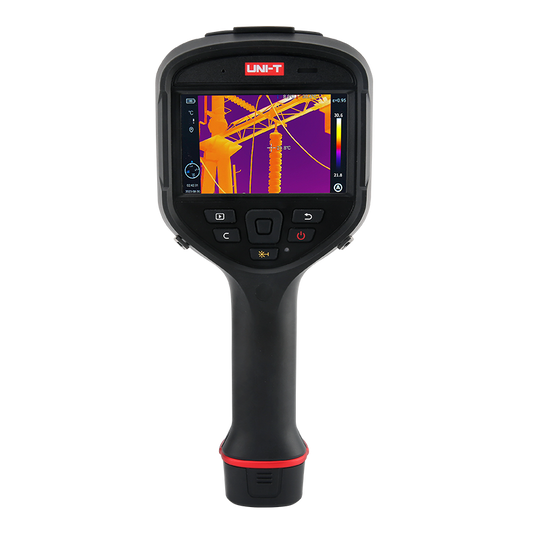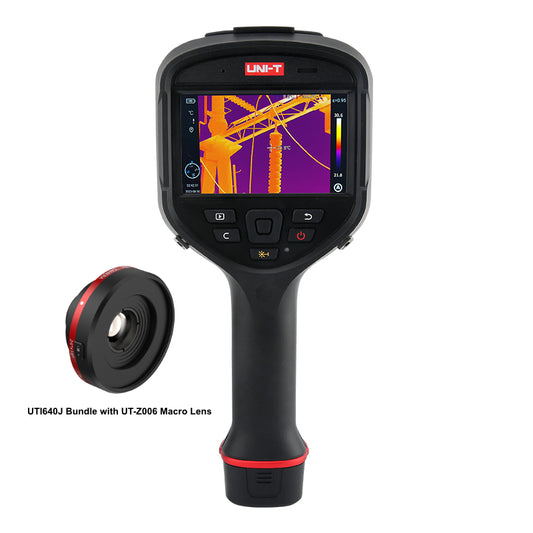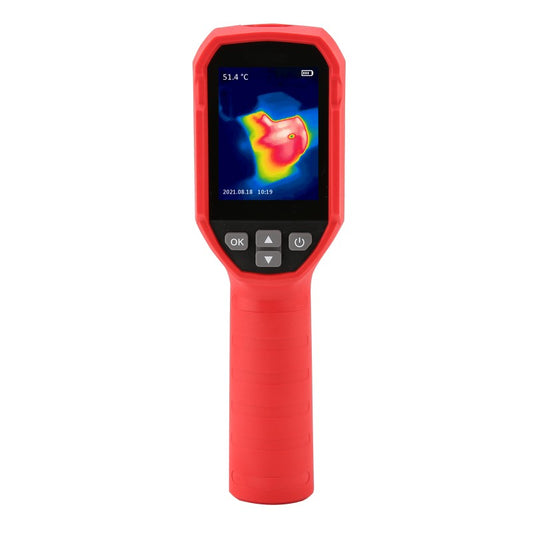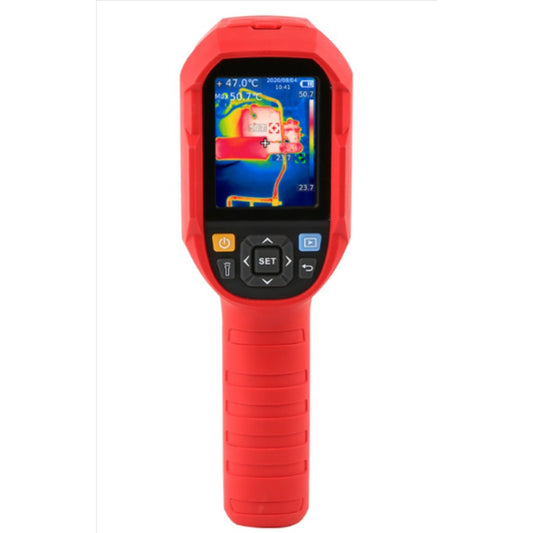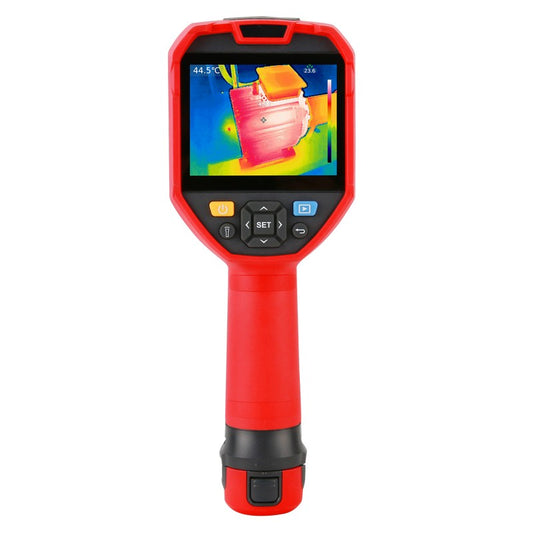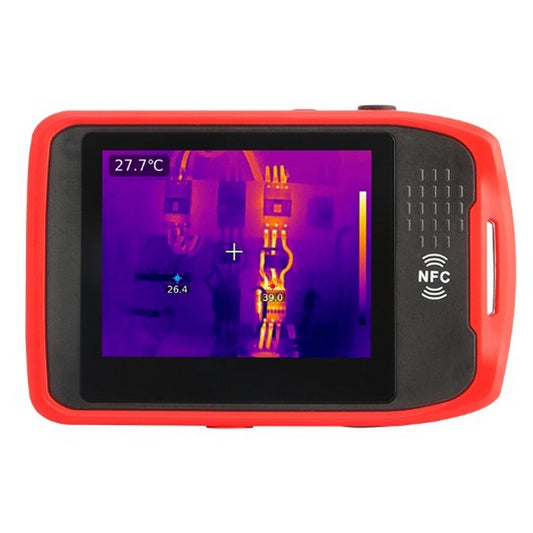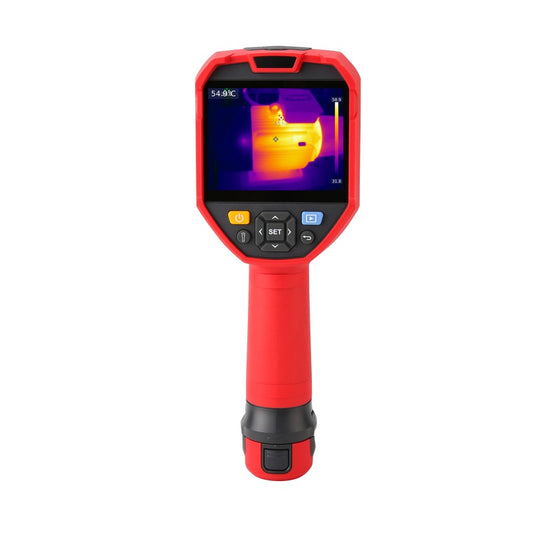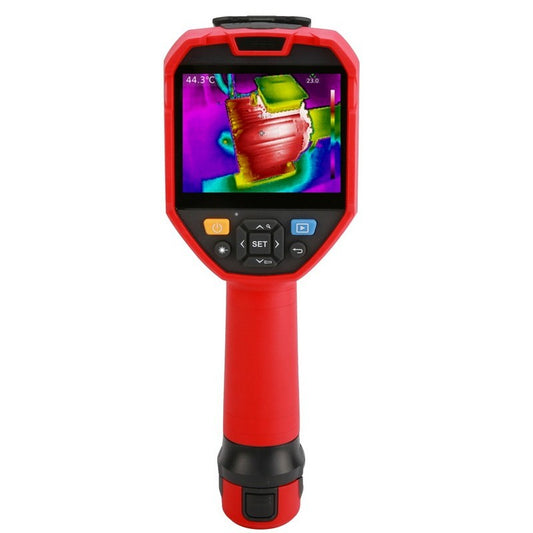Affordable Thermal Imaging for Every Need!
UNI-T handheld thermal cameras are designed to meet the needs of everyone—from budget-conscious DIY enthusiasts to seasoned professional thermographers. Combining ease of use with advanced thermal imaging capabilities, these versatile devices are perfect for a wide range of applications. Whether you’re tackling home insulation projects, troubleshooting HVAC systems, or conducting detailed electrical inspections, UNI-T thermal cameras provide the clarity and precision you need to get the job done right. With models tailored to various expertise levels and budgets, UNI-T ensures that thermal imaging is accessible to everyone.Professional Thermal Imagers
Now's The Time To Save
Save $1,000's on UNI-T Oscilloscopes. Bundles and Discounts until 12/31/25 on MSO2000X, MSO3000X, and MSO7000X. Learn more about the bundles here .
Check out our CLEARANCE Section for unbelievable savings.
Save $1,000's on UNI-T Oscilloscopes. Bundles and Discounts until 12/31/25 on MSO2000X, MSO3000X, and MSO7000X. Learn more about the bundles here .
Check out our CLEARANCE Section for unbelievable savings.
Sort by
Professional Thermal Imaging Camera Buyer's Guide
Understanding Thermal Imaging Technology
Thermal imaging cameras are powerful diagnostic tools that transform invisible heat signatures into visible images, enabling professionals to detect temperature variations, identify potential issues, and conduct non-destructive inspections across multiple industries.
Key Considerations When Selecting a Thermal Camera
1. Image Resolution
The quality of a thermal camera is primarily determined by its infrared (IR) resolution. Higher resolution means:
- More detailed thermal images
- Better ability to detect subtle temperature differences
- Clearer visualization of thermal patterns
Resolution ranges typically include:
- Entry-level: 120 x 90 pixels
- Mid-range: 256 x 192 pixels
- Professional: 384 x 288 pixels and above
- High-end: 640 x 480 pixels or higher
2. Thermal Sensitivity
Measured in millikelvin (mK), thermal sensitivity indicates the camera's ability to detect minor temperature differences:
- Lower mK values (e.g., <50mK) represent higher sensitivity
- Enables detection of extremely subtle temperature variations
- Critical for precision diagnostics in electronics, mechanical systems, and building inspections
3. Temperature Measurement Range
Professional thermal cameras should offer:
- Wide measurement range (typically -20°C to 550°C)
- Accuracy of ±2°C or ±2% of reading
- Ability to handle extreme temperature environments
- Multiple measurement modes (AC, DC, AC+DC)
4. Display and Usability
Look for cameras with:
- Touch screen interfaces (3.5" to 4.3" recommended)
- High-resolution color displays
- Multiple color palettes
- Intuitive user controls
- Multilingual support
5. Additional Imaging Capabilities
Essential features include:
- Visual light/thermal image fusion
- Digital camera integration
- Picture-in-Picture (PIP) mode
- Digital zoom functionality
- Multiple image modes
6. Connectivity and Data Management
Professional thermal cameras should offer:
- Wi-Fi connectivity
- PC/Mobile app integration
- USB Type-C interface
- Internal storage (32GB recommended)
- Easy data export (CSV, JPG)
- Live streaming capabilities
7. Durability and Field Performance
Key durability factors:
- IP54 or IP65 rating
- 2-meter drop resistance
- Rugged, ergonomic design
- Long battery life (6-24 hours)
- Rechargeable lithium-ion batteries
Application-Specific Considerations
Electrical Inspections
- High-sensitivity thermal detection
- Temperature range: -20°C to 550°C
- Precision current and power measurements
- Limit testing and alarm functions
Mechanical Maintenance
- Wide field of view
- Multiple measurement points
- High frame rate
- Laser distance measurement
- Robust construction
Building Diagnostics
- Thermal and visual image fusion
- Moisture and insulation analysis
- Temperature variation tracking
- Compact, portable design
Automotive Diagnostics
- Quick temperature scanning
- Multiple color palettes
- Laser pointer integration
- Bluetooth/NFC connectivity
Recommended Accessories
- Protective carrying case
- Additional battery packs
- Interchangeable lenses
- Calibration certificates
- Comprehensive analysis software
Budget Considerations
Thermal camera pricing typically ranges:
- Entry-level: $500 - $1,500
- Mid-range Professional: $1,500 - $5,000
- Advanced Professional: $5,000 - $15,000
Conclusion
Selecting the right thermal imaging camera depends on your specific professional requirements. Prioritize resolution, sensitivity, measurement range, and additional features that align with your industry needs.


